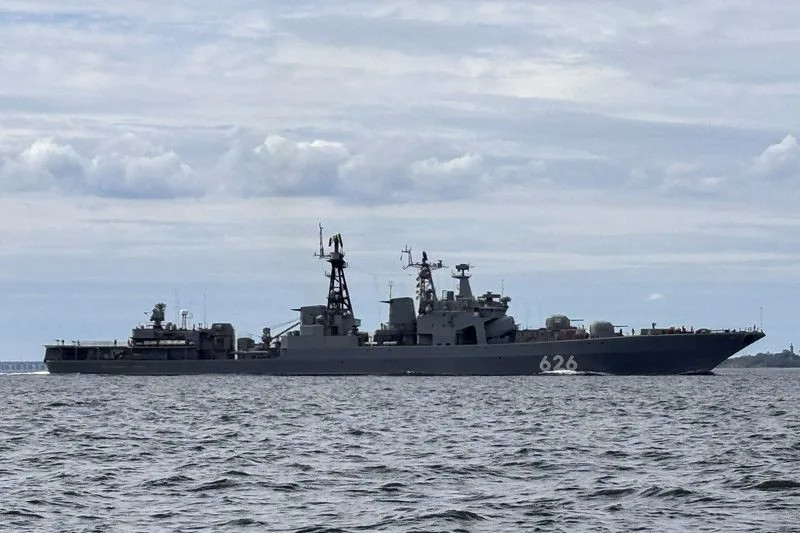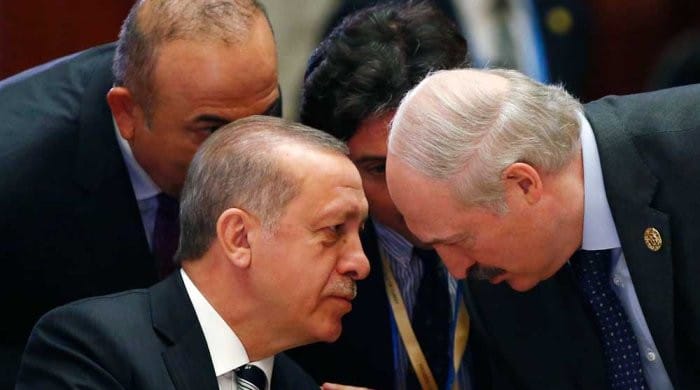On October 4, 2025, Estonia’s Defence Forces Intelligence Centre published an assessment warning that the operations of Russia’s so-called shadow fleet in the Baltic Sea are increasingly dangerous, urging comprehensive restrictions to enhance regional security. The report comes amid growing concerns over provocations in strategic waterways connecting the Baltic and North Seas.
Danish intelligence reports repeated Russian provocations in key waterways
On October 3, 2025, Thomas Arnkiel, head of Denmark’s Defence Intelligence Service, stated that Russian naval vessels have repeatedly engaged in provocations in Danish straits, including collisions with Danish warships, pointing weapons at helicopters, and disrupting navigation systems. These straits are critical maritime corridors separating the Scandinavian Peninsula and Jutland, underscoring the strategic importance of Denmark’s waters.
Strategic significance of the Baltic Sea amid ongoing conflict
Since Russia’s full-scale invasion of Ukraine, the Baltic has become a major trade route for Moscow, carrying at least 60% of Russian maritime oil exports. Restricting these tankers could substantially reduce Russia’s revenue and military capacity, while also mitigating environmental risks posed by aging vessels. Analysts note that some ships in the shadow fleet are suspected of involvement in security incidents in coastal nations, including drone flights over Denmark, the Netherlands, Sweden, Germany, and Belgium. Denmark’s intelligence reports also highlight Russian warships transiting its straits equipped with sonar and jamming devices, once causing prolonged GPS disruptions.
Estonia calls for coordinated international action
Estonian officials acknowledge that their capacity to counter Russia’s shadow fleet is strained, calling for joint international measures. They argue that maritime states have both the right and responsibility to monitor vessels passing their territorial waters. Estonia has already taken steps by requiring insurance documentation from shadow fleet vessels in the Gulf of Finland since summer 2024. The Defence Forces Intelligence Centre points to Article 110 of the United Nations Convention on the Law of the Sea as legal grounds for coastal states to halt and inspect ships suspected of violating maritime law.
Growing European response to shadow fleet threats
On October 2, 2025, French President Emmanuel Macron announced plans for European nations to block shadow fleet vessels entering their waters, noting that 800 to 1,000 tankers support Russia’s war efforts. His statement followed the arrest of two crew members from the tanker Boracay, which left the Russian port of Primorsk and was later spotted near Denmark amid unidentified drone activity near strategic sites.
NATO steps up Baltic presence amid drone incidents
Following multiple drone sightings near strategic infrastructure in the region, NATO decided in late September 2025 to bolster its patrols in the Baltic Sea. The alliance plans to enhance surveillance through intelligence platforms, data collection, and monitoring, aiming to counter hybrid threats without crossing into direct armed conflict. Earlier in 2025, NATO launched the new “Baltic Shield” mission to reinforce its presence in the area.
Estonia and Denmark’s latest warnings underline the growing complexity of hybrid maritime threats in the Baltic and the need for coordinated defense measures to secure vital waterways.











